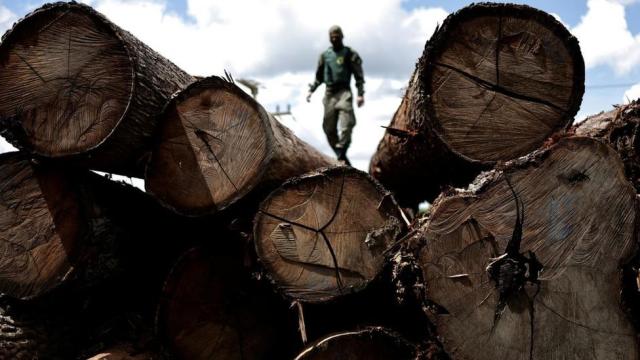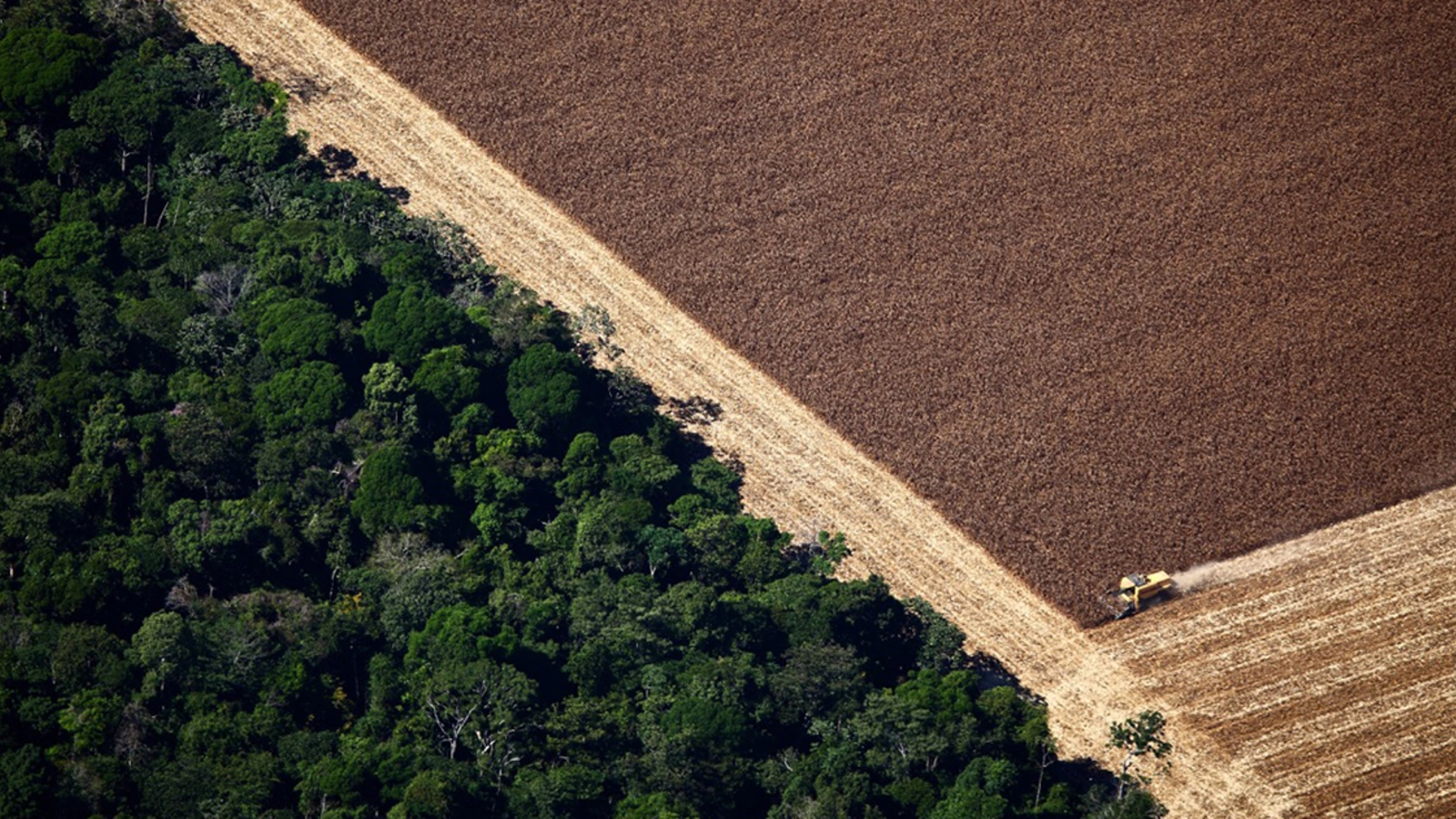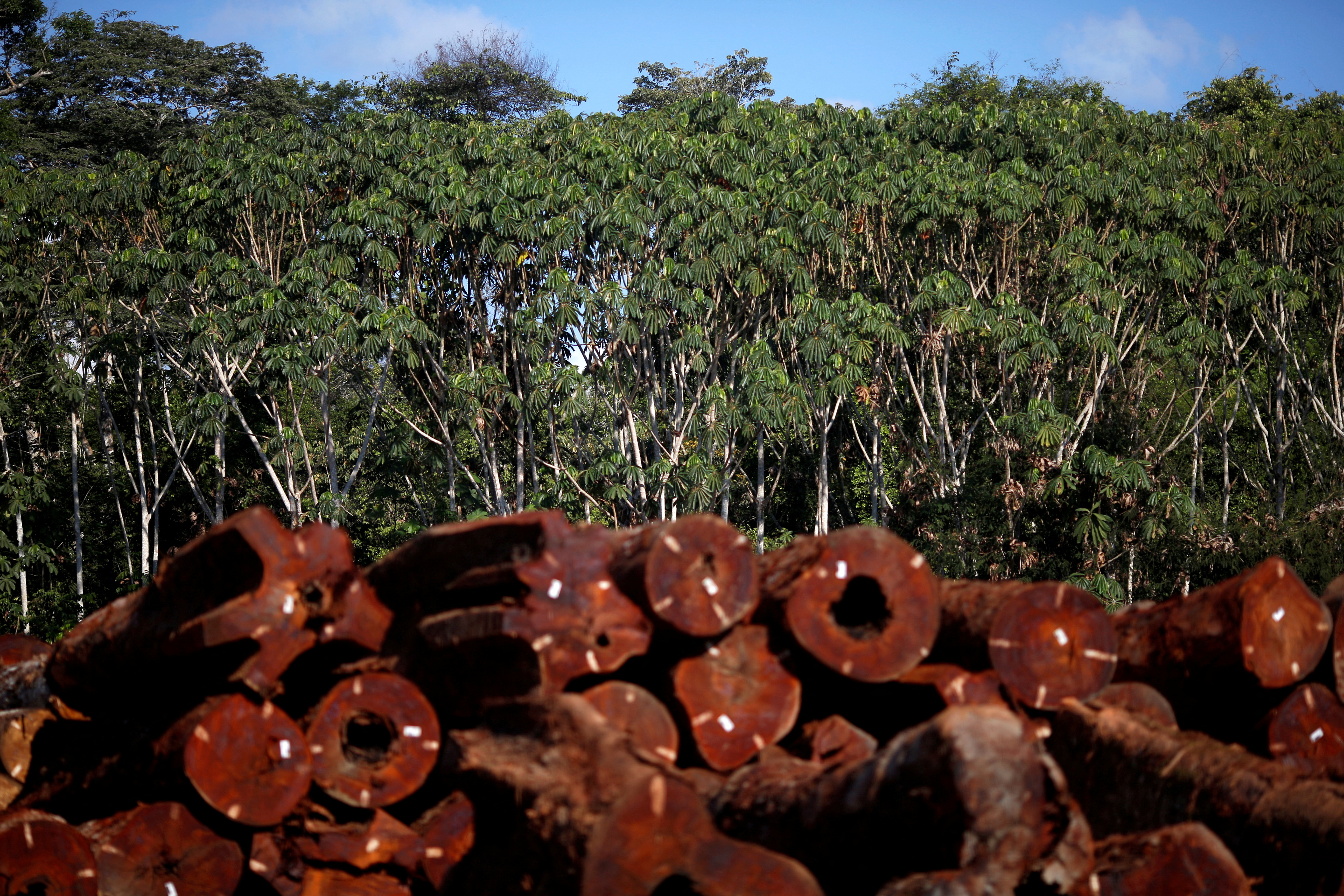Amazon Countries’ fall short of efforts to Halt Deforestation , Threatening Ecosystems and Climate

Amazon Countries’ fall short of efforts to Halt Deforestation , Threatening Ecosystems and Climate
In a disheartening turn of events, the nations encompassing the Amazon rainforest have fallen short of their collective commitment to halt deforestation, raising concerns about the preservation of one of the world’s most critical ecosystems and the global fight against climate change.
The Amazon rainforest, often referred to as the “lungs of the Earth,” plays an irreplaceable role in regulating the planet’s climate. Its dense vegetation absorbs carbon dioxide, a major greenhouse gas responsible for global warming, while producing oxygen that supports life on Earth. In 2015, recognizing the urgency of protecting this vital natural resource, several Amazon countries, including Brazil, Colombia, and Peru, pledged to eliminate deforestation and restore degraded lands within the region by the year 2030. However, recent reports indicate that progress toward this goal has been alarmingly slow.

Deforestation remains a pressing concern in the Amazon basin, driven by a range of factors including agriculture, logging, and infrastructure development. These activities often result in the clearance of vast areas of rainforest, leading to habitat loss, disruption of indigenous communities, and the release of stored carbon into the atmosphere. While some efforts have been made to curb these activities, the continued failure to meet the agreed-upon target underscores the complexity of the issue and the challenges facing the Amazon nations.
The most prominent nation within the Amazon rainforest, Brazil, has a significant role to play in these efforts. The country boasts the largest portion of the Amazon and wields substantial influence over the region’s fate. The Brazilian government has implemented policies aimed at both economic development and environmental conservation, but these objectives have often clashed. The expansion of agriculture, particularly cattle ranching and soybean cultivation, has driven large-scale deforestation, with significant portions of land being cleared to make way for these industries. These activities not only directly contribute to habitat destruction but also perpetuate a cycle of economic dependence on resource extraction.

Despite the challenges, the international community continues to emphasize the importance of achieving the deforestation targets. Environmentalists, indigenous groups, and concerned citizens worldwide are calling for more aggressive action to protect the Amazon rainforest and its invaluable biodiversity. Climate scientists warn that the failure to curb deforestation in the Amazon could have far-reaching consequences for the stability of the global climate system.
One crucial aspect of the struggle to halt deforestation is the involvement of local communities, particularly indigenous populations who have lived in harmony with the rainforest for generations. These communities have a deep understanding of the ecosystems they inhabit and often act as stewards of the land. Recognizing their role in conservation efforts is essential for sustainable progress. However, many indigenous groups face threats from illegal logging, mining, and land encroachment, which undermine their ability to continue their traditional practices.
In recent years, some steps have been taken to address these challenges. Governments and non-governmental organizations (NGOs) have partnered to establish protected areas, promote sustainable land use, and provide financial incentives for conservation efforts. These initiatives are crucial in creating alternative livelihoods for local communities and demonstrating that conservation can coexist with economic development.

Furthermore, the global market’s increasing demand for sustainably sourced products has prompted companies to reevaluate their supply chains. Consumer awareness about the environmental impact of products has led to a shift in corporate practices, with companies now under pressure to ensure their commodities are deforestation-free. This trend has prompted some businesses to invest in more responsible sourcing practices, pushing for greater transparency and accountability within their supply chains.
However, despite these positive developments, the scale of the challenge remains daunting. Achieving the goal of ending deforestation in the Amazon requires a multi-faceted approach that encompasses policy reform, international collaboration, and concerted efforts from governments, NGOs, businesses, and local communities. It demands a delicate balancing act between economic development and environmental preservation, two objectives that have often been at odds.
As the 2030 deadline approaches, the world’s attention remains fixed on the Amazon rainforest and its uncertain future. The failure to meet the agreed-upon goal to end deforestation not only imperils the region’s unique biodiversity and the livelihoods of its inhabitants but also undermines global efforts to mitigate climate change. The Amazon nations must recommit themselves to this critical cause, taking bold and decisive actions that prioritize the long-term health of the planet over short-term gains.
In conclusion, the struggle to halt deforestation in the Amazon is a battle that extends far beyond national borders. It is a fight for the preservation of a unique and irreplaceable ecosystem, a fight against the devastating impacts of climate change, and a fight for the rights and livelihoods of indigenous communities. The failure to meet the agreed goal serves as a wake-up call, reminding us all of the urgent need for meaningful action. The power to reverse this trend lies in the hands of governments, businesses, and individuals around the world. Now is the time for collaboration, innovation, and unwavering commitment to ensure a sustainable future for the Amazon and the planet as a whole.




